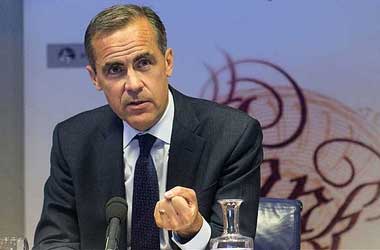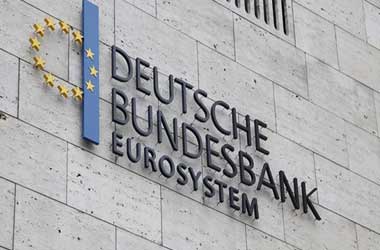 A global group of policymakers estimates that the top international banks will have to raise around €1.1 trillion before 2022 for special debt that will stop taxpayer bailouts of lenders. The global group of policymakers stated that it has now “created the tools needed to end too big to fail banks”.
A global group of policymakers estimates that the top international banks will have to raise around €1.1 trillion before 2022 for special debt that will stop taxpayer bailouts of lenders. The global group of policymakers stated that it has now “created the tools needed to end too big to fail banks”.
The Financial Stability Board (FSB) has completed its policy recommendations to the top executives of the group of twenty major economies and confirmed final proposals for Total Loss Absorbing Capacity (TLAC). In the past, global policymakers had stressed on equity but this time around the TLAC is focusing on special debt that can be changed into equity, should a bank end up failing. This new model will put the risk on those who provide the loan instead of the general taxpayer. This model also brings to an end the similar treatment rolled out to both depositors and bondholders, whose deposits used to be often covered by the governments.
The FSB is expected to roll out the plan to the G20 before the end of November and expects the initial TLAC risk range to be limited to around 16% of the assets of each banking group till 2019 and thereby increasing to 18% before 2022.
In a letter to the G20, Mark Carney, the governor of the Bank of England who also chairs the FSB said
Ending ‘too big to fail’ may never be absolute because all financial institutions cannot be insulated fully from all external shocks. But these proposals will help change the system so that individual banks as well as their investors and creditors bear the costs of their own actions.
It’s not capital, it’s loss absorbency — there’s a big difference. There is no Basel IV. There is the completion of Basel III . . . What we’re doing is ironing out issues that have been identified over time in terms of the application of Basel III.
The FSB is aware that the TLAC requirements might end up increasing the cost of credit and slowing down economic growth but believes this impact will be very minimal when compared to the benefits that the new TLAC would bring about. The FSB believes that bank resiliency will go increase by around one third and thereby reduce systemic failures and the financial costs implicated with fixing these failures when they take place.




